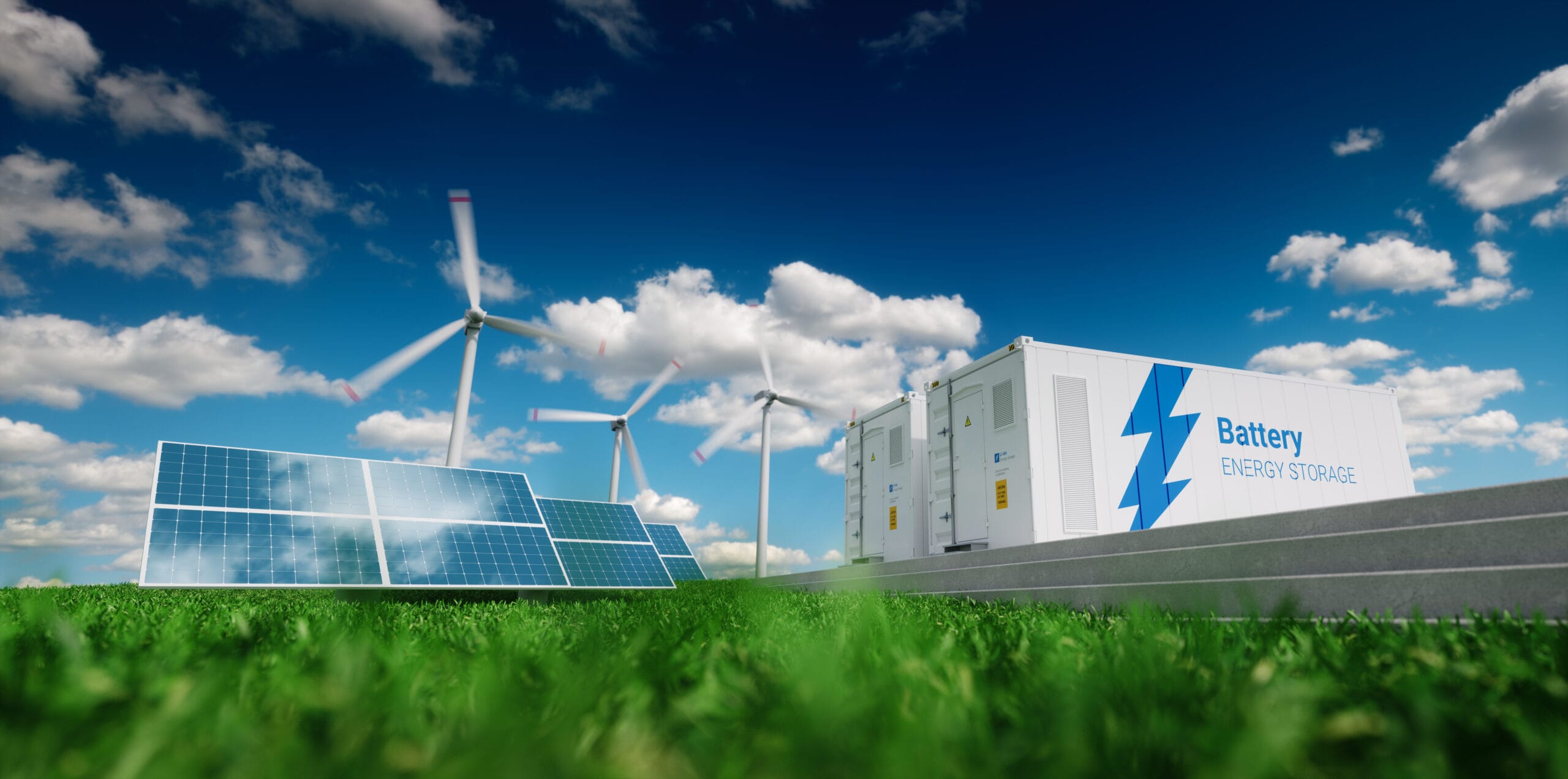Estimated reading time: 4 minutes
There’s a big battery storage problem in the renewable energy space that cryogenic electron microscopy (cryo-EM) can help solve.
On the one hand, there’s exciting news: it’s cheaper to go the renewable energy route than it is to burn fossil fuels. More promising still, research shows that 90 percent of the world’s power can come from renewables by 2050.
On the other hand, there are reports that, despite all the progress with renewables, we’re still not producing nearly enough to meet demand. Translation: We’re continuing to burn those fossil fuels, and we’ll probably have to continue well into the future.
So, what’s the problem here? And how does cryo-EM — the imaging technique that enables researchers to capture and analyze frozen molecules with atomic precision — offer a way forward?
Renewable Energy Battery Storage Is Struggling to Keep Up with Renewable Energy Generation
Put simply, we’ve figured out how to renewably generate electricity using solar and wind power, but we haven’t yet figured out how to manage and allocate it as efficiently as we do traditional energy sources.
Batteries — particularly utility-scale battery energy storage systems (BESS) — offer a solution.
These energy batteries can provide on-demand electricity for power grids when there’s no sun shining and no wind blowing. The challenge, however, is that while these batteries have traditionally been used for consumer appliances, sticking them in a vehicle or using them to power an entire city introduces uncertainty. And unstable batteries can lead to explosive outcomes — literally.
What we need now is more research. But researching the component parts of batteries presents its own problems. To understand how to make batteries more stable and sustainable, researchers need to be able to visualize and analyze their component parts at the molecular and atomic levels. That’s easier said than done.
The Challenge with Other Imaging Techniques
Material science plays an important role in battery advancements and innovations. To make these innovations happen, scientists need a way to take atomic- and molecular-level resolution photos of component parts, so they can use powerful computing technology to analyze and model them under different conditions.
These specimens are highly sensitive and highly volatile. Common imaging techniques such as scanning transmission electron microscopy (STEM) use radiation that can compromise the samples and, in turn, the resulting research.
Cryo-EM Gives Researchers a Way to Snap Atomic-Level Photos of Battery Components with Minimal Disruption
But cryo-EM offers a way forward. Cryo-EM has already made it easier for the pharmaceutical industry to analyze specimens and capture images for analysis and 3D visualization. It can also stabilize battery materials that are highly reactive, allowing scientists to identify critical atomic structures.
For instance, it’s important for researchers to study how different components of batteries (anode, cathode, etc.) interact so they can ensure stable operation and predict failure. With cryo-EM, it’s possible for them to freeze battery materials, capture high-resolution images, and then run an analysis, all with less damage.
Researchers Can Learn How to Further Extend Battery Lifetime Through Cryo-EM
One of the most interesting elements of batteries that cryo-EM can help researchers understand is the solid electrolyte interphase (SEI) layer. This layer forms on the anode and reduces electrolyte composition, allowing batteries to last longer. Advancing research in this area requires the kind of up-close-and-personal analysis that only uncompromised atomic- and molecular-resolution imaging can provide. Identifying even the smallest idiosyncrasies in how an SEI layer functions and responds to its environment can lead to massive performance enhancements.
The possibilities of cryo-EM go beyond energy storage. They can also help researchers improve renewable energy generation and green initiatives. For instance, cryo-EM can help scientists better understand perovskite solar cells, which offer promising applications for high-performance, low-cost renewable energy.
The Right Data Infrastructure Is Needed to Analyze and Store Cryo-EM Images
After these ultra-high-resolution specimen images are captured, the computational work begins. Researchers must then analyze these images to understand different structures and interactions. Doing this requires artificial intelligence (AI) and high performance computing (HPC) capabilities that can introduce significant strain on research IT. In fact, one of the major challenges facing research facilities around the world is managing the massive amounts of data produced by their work. Another significant challenge is hiring the expert team needed to build and maintain the underlying IT infrastructure, particularly the high-performance data storage these environments demand.
Panasas’ entire business is about easing those burdens so that scientists can focus on the work that matters. Our workload-optimized portfolio of storage platforms uses PanFS®, our proprietary operating system, which delivers an intelligent parallel file system that liberates innovators from adding yet another complexity to their workloads.
The University of Wollongong’s Molecular Horizons Institute faced these sorts of data storage challenges in their cryo-EM research. They tackled them by deploying the Panasas ActiveStor® Ultra solution running the PanFS data engine. The institute now benefits from enhanced performance, infinite scalability, and increased capacity, in addition to significantly lower administrative overhead. Read the full case study to learn how your cryo-EM research can enjoy the same results.

